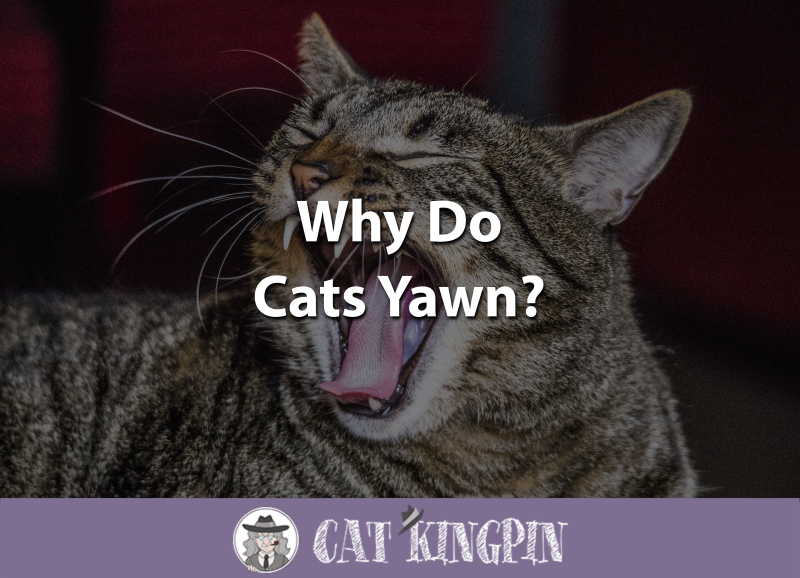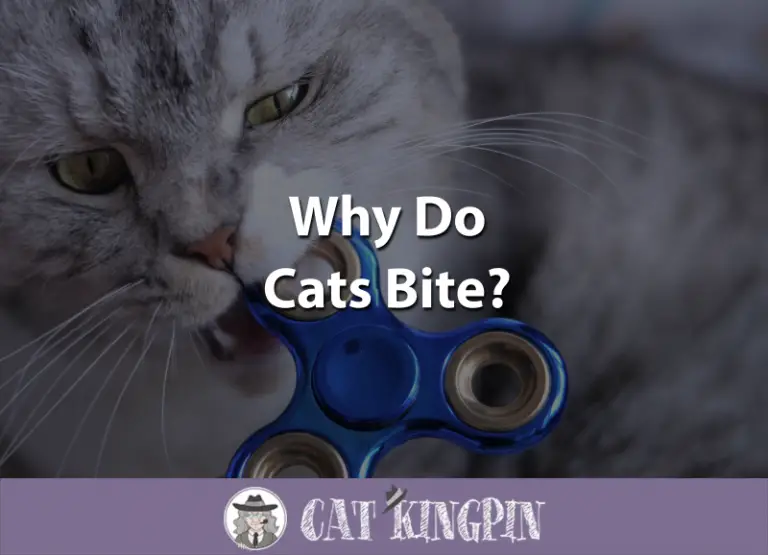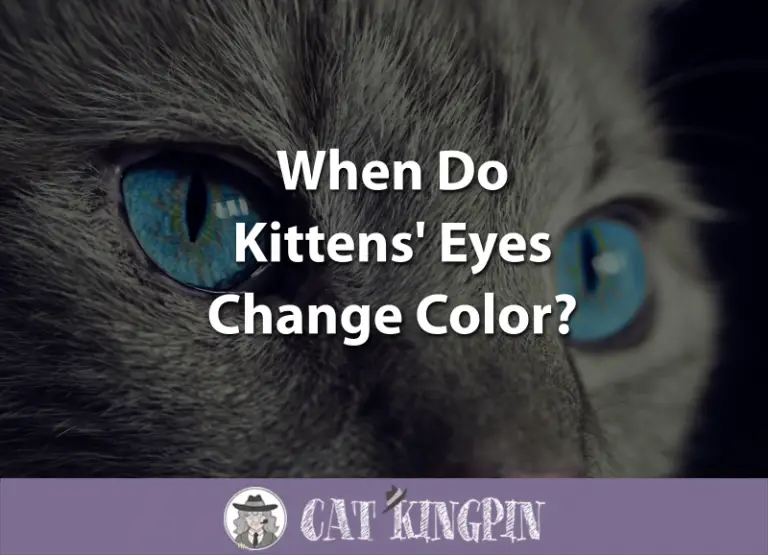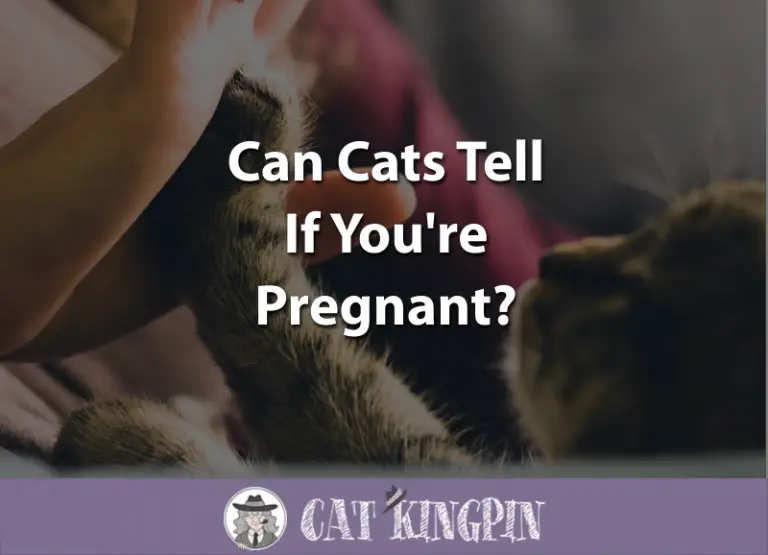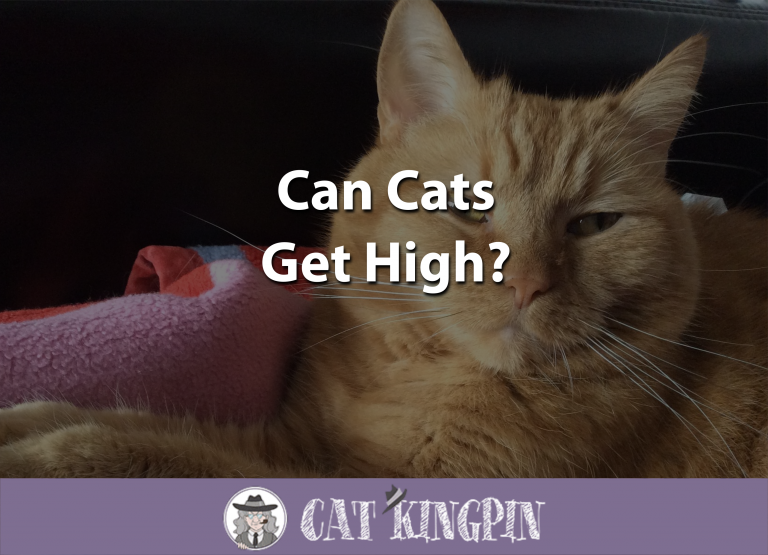Why Do Cats Yawn?
If you’ve spent any time around cats, you’ve surely seen them yawn. You might have even seen them pandiculating.
What’s pandiculation, you ask? That’s a good question.
And why do cats yawn, anyway? Is yawning the same for cats as it is for human?
Sit back, stretch out, have a good yawn, and we’ll answer these and many other questions; all without putting you to sleep!
In this article, we’ll cover the following:
- Cats and Yawning – What You Need to Know
- How Do Cats Yawn?
- What is Pandiculating?
- What is Contagious Yawning?
- Is Yawning the Same in Kittens as Adult Cats?
Cats and Yawning – What You Need To Know
Yawning is a reflex seen in cats, humans, and other animals. Siamese fighting fish, guinea pigs, baboons, lions, and penguins are just some of the many species that have been observed yawning.
Known scientifically as oscitation, scientists have proposed many theories for why animals yawn, but the reflex remains poorly understood. Being a reflex, yawning is generally considered to be an involuntary response to certain environmental or physiological stimuli.
It is likely that there are multiple triggers that can induce yawning. Some that have been proposed include:
- Transition between sleep and wakefulness
- Threat display
- Reaction to internal stress
- High levels of carbon dioxide/low levels of oxygen in the bloodstream
- A mechanism to control brain temperature
- High levels of certain neurotransmitters, such as endorphins, in the brain
- Reaction to seeing another animal yawn (contagious yawning)
Some of these theories appear to be strongly supported by even casual observation. For instance, most people have themselves experienced yawning when they are tired or first waking up.
It is well-documented in dogs that they will yawn when they are feeling stressed. It is thought that cats follow a similar pattern, though with less frequency.
Likewise, animal behaviorists have described in great detail the “threat yawning” behavior of some mammal species, such as gelada baboons, whereby the yawner displays its formidable canine teeth. Threat yawning has also been observed in African lions; it is not unreasonable to conclude our domestic house cats are capable of similar yawning behavior.
How Do Cats Yawn?
The mechanism behind a cat yawn is the simultaneous inhalation air while stretching its eardrums. This is followed by an exhalation of breath.
While this describes the physical aspect of oscitation, the exact biochemical signals precipitating a yawn remain elusive.
Let’s watch a slow motion detail of the exact movements in a cat’s yawn while listening the melancholy nocturne that is Frédéric Chopin’s Prélude in E Minor:
What is Pandiculation?
Pandiculation is simply the act of stretching and yawning at the same time. People do it; and cats do it, too.
Let’s watch a quick video of a cat caught in the act of pandiculating:
What is Contagious Yawning?
One of the most curious things about yawning is that yawns appear to be contagious, with the exception of people with autism. Nearly all of us have at some point yawned involuntarily after we see another person yawn.
This same contagious yawning has been observed in chimpanzees and dogs. Remarkably, such yawning even appears to be contagious across species.
Just like the fact that there are not too many things that are infectious between cats and people, it has been questioned whether cats will yawn contagiously after humans. The following video strongly suggests they may:
https://youtu.be/dsWcu_xU02Q
Is Yawning the Same in Kittens as Adult Cats?
From a physiological standpoint, a kitten yawn is virtually identical to that of an adult cat. One of the main difference between cats and younger kittens is that the kittens are probably not as susceptible to contagious yawning.
This is the same pattern of yawning development seen in dogs and humans. Though both puppies and children yawn, it is not until they are older that they are susceptible to contagious yawning.
So, why do cats yawn?
The biology of yawning is not well understood. This makes it difficult to draw conclusive determinations as to why your cat is yawning at any particular moment.
However, we do know that cats often yawn and stretch after a good nap. And, as with dogs, it is thought cats will yawn when they are feeling stressed.
In wild cats such as lions, it is thought that yawning may be a threat display. It’s possible such intimidation tactics are employed by our domestice kitties as well.
If you’re needing a little help falling asleep at night, check out Yawning Cats: Big Photo Book, with amazing photos of sleepy, yawning kitties that will help you sleep better. If seeing a cat yawn really tickles your fancy, you can also keep this Yawning Cat Mouse Pad close by.
In any event, you don’t have to be a scientist or animal behaviorist to be a student of your own cat’s behavior. Watch them closely, and you might just figure out for yourself exactly what triggers your cat to yawn.
If you have any questions or would like to share a story about your cat and when or why they yawn, please tell us in the comments below! We’d love to hear from you!

